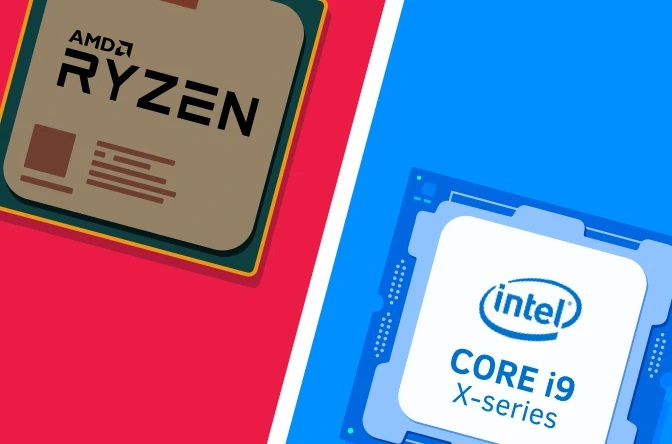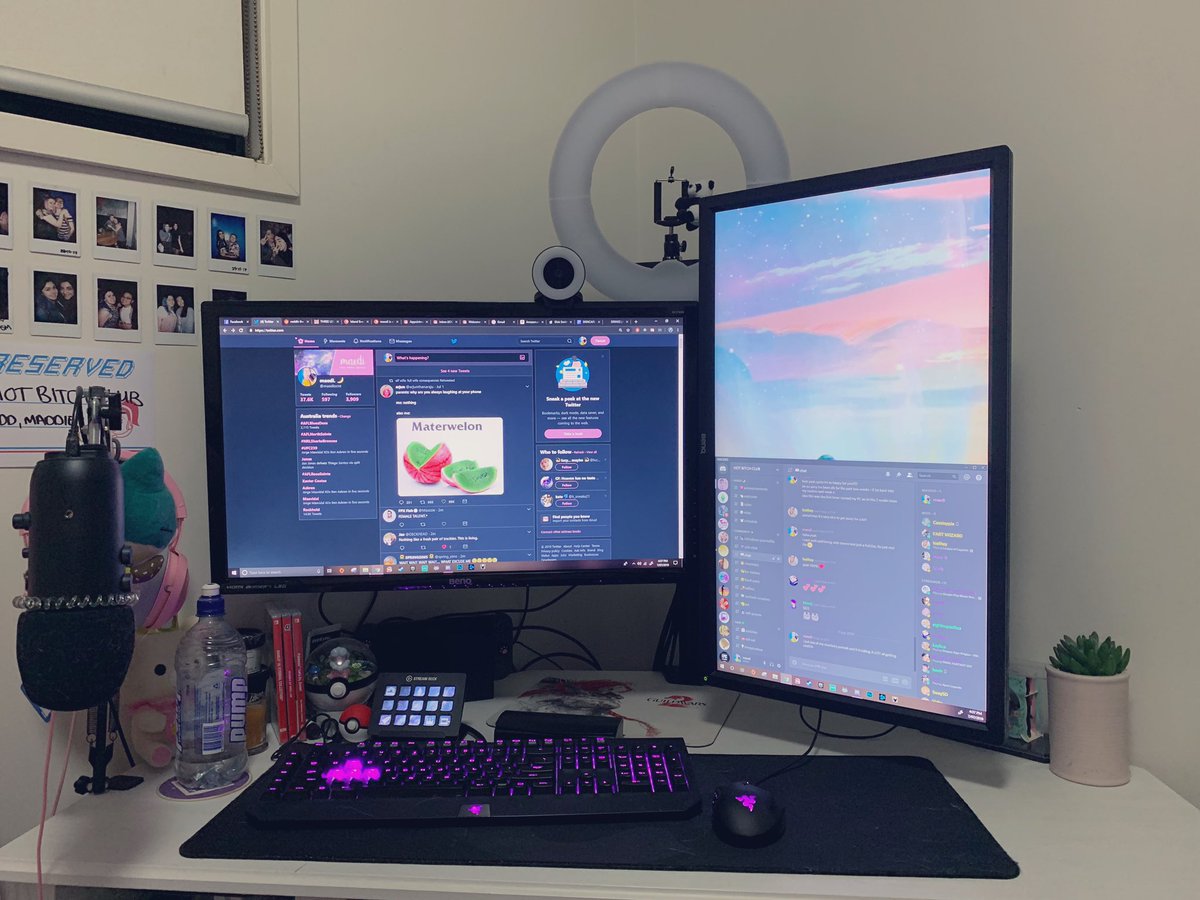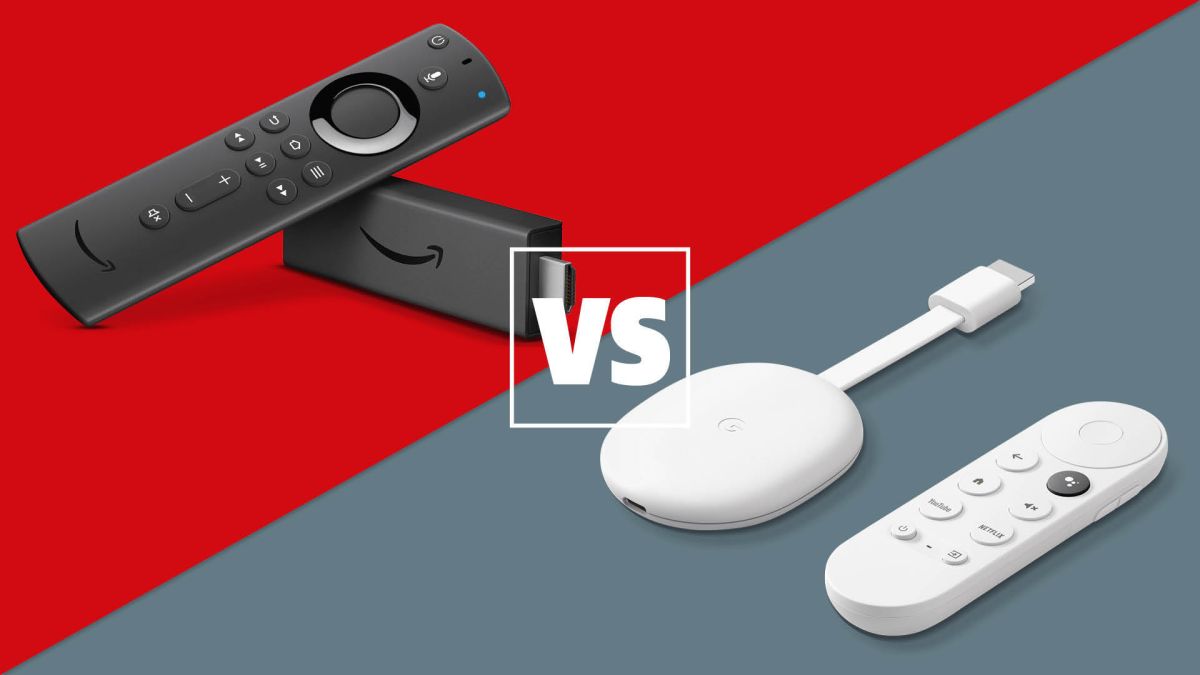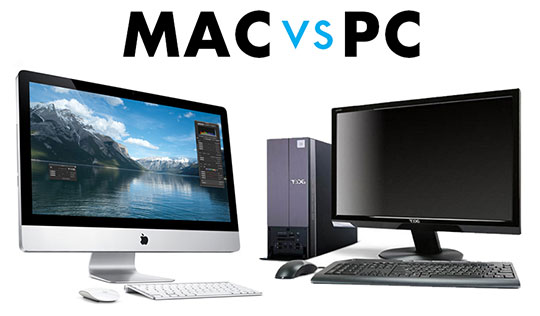The processor is the most important piece of hardware in computers and other devices, such as smartphones. Its mission is to interpret the processes and algorithms to run the programs, games and operating systems of the device. You could say that it is the brain of the computer.
There are countless processors, each with its own particular characteristics and powers. But there are only two developers who are considered to be the best at making processors: AMD or Intel .
The main difference between one and the other is that Intel usually has more power and better performance; and AMD offers good performance at a cheaper price. It is also true that the differences are not so easy to define, since some AMD processors are better than Intel, and vice versa. It will depend a lot on the use we make, a PC for gaming is not the same as one for work, for example.
The two leading companies in processors
Intel Corporation is the world’s largest manufacturer of integrated circuits. He is the creator of the series of processors based on the x86 architecture (which most computers usually carry). Until the beginning of the 21st century, more than 80 percent of the world’s personal computers had an integrated Intel microprocessor . In addition, its product portfolio also includes chipsets and motherboards; flash memory used in wireless communications and other applications; hubs, switches, routers and more products for Ethernet networks.
AMD (Advanced Micro Devices), for its part, is the second largest developer of x86 microprocessors, and one of the largest manufacturers of graphics processing units. The catalog of AMD processors that currently exist is very wide. Not as much as Intel, but with the ZEN architecture it has managed to greatly improve its product portfolio, covering a wide variety of ranges that it did not do before.
AMD Vs Intel: the long battle for the market
Intel entered the market in 1968, with its first product being the 1101 Static RAM, the first Metal Oxide Semiconductor (MOS) in history, which ended the era of magnetic memory. In 1971 they created their first microprocessor (the 4004) , with which it was possible to include artificial intelligence in inanimate objects.
AMD arrived a year later as Intel’s competition. Their first microprocessor, the AMD 9080 , was a reverse-engineered replica of Intel’s 8080, which was the brain of the computer called Altair.
For a long time, they were in the lead when it came to flash memory, and their attempts to bring graphics and video interfaces to the market were also successful, to the point that Intel, to this day, has not managed to reach their level in that look.
A decade after its creation, AMD finally entered the microprocessor market, leaving flash memories in the background. Their efforts focused on creating processors compatible with Intel , and they succeeded, to the point that IBM had AMD as the second supplier of microprocessors for their computers.
In 1979, IBM chose Intel ‘s 8088 processor for its first PC . This choice is what made Intel lead the CPU market.
In 1982, Intel created the first real processor (80286), with 16 bits and 134,000 transistors, allowing up to 16 MB of RAM to be addressed. It was capable of working with virtual memory, which favored its expandability.
Additionally, the 80286 introduced the concept of multitasking and protected mode , whereby different programs could be run at the same time but separately. A feature that was not taken advantage of by DOS, but by future operating systems, such as Windows.
During all this time, AMD had been manufacturing clones of the Intel versions, until in 1986 the latter began a legal battle , since it refused to provide information on some of its specific codes to AMD , although both had to work for IBM.
Intel had to pay billions of dollars for breach of contract, but at the same time it freed itself from AMD, which could no longer use much of its code.
Contrary to what it might seem, this outcome turned out to be positive for AMD, since it was forced to manufacture something totally new. Thus, the first original AMD microprocessor was born and little by little it entered the market as something more than a company that made copies of Intel.
In some cases they achieved great improvements. For example, they were the first (even before Intel) to make a quad-core processor with complete independence of each core. Intel also managed one with four cores, but in a kind of mix of two dual.
AMD currently ranks above Intel when it comes to graphical interfaces. While Intel relies on Nvidia to add interfaces to its boards, AMD designs graphics interfaces so powerful they’re on the best consoles.
But the truth is that Intel has managed to stay ahead thanks to a combination of smart marketing, research and development, and superior manufacturing know-how, but above all because of its permanent alliance with the software giant Microsoft Corporation.
Main differences between Intel and AMD
In the last year, Intel has focused on higher clock speeds and fewer core counts; while AMD has focused on integrating higher numbers of cores into its processors at more than acceptable frequencies. One of its great products is Ryzen processors, high-performance chips, especially for video games.
All in all, it should be noted that AMD and Intel cater to different audiences , but what are their differences?
Performance
In general, Intel processors have better performance than AMD processors. Although the latter include more processing cores, the cores of Intel chips are faster and have higher individual efficiency. However, there are some AMD processors that outperform Intel.
overheating
Intel processors consume less heat and therefore less power. This is due to the incorporation since 2002 of HyperThreading (it keeps existing cores active, instead of letting them remain idle) in their CPUs.
However, AMD, while it can pride itself on the sheer number of cores in its chips, still doesn’t fully address the overheating issues that have always dogged it, though the Ryzen chips have greatly mitigated these concerns.
Integrated graphics
In this regard, there is no clear winner. For many, AMD is the best option for integrated graphics ; but those who don’t mind spending the extra for a good GPU prefer Intel for actual gaming, while AMD is better for multitasking.
That is to say, in the high range, as well as in cases where the CPU is combined with a powerful AMD or Nvidia GPU, Intel processors are the best for games, mainly because of the high clock speeds, but AMD it provides better CPUs for multitasking due to higher number of cores and number of threads.
Overclock
Overclocking is used to describe the process of increasing the clock speed of components, such as the CPU, so that they run faster than they were designed to, giving users more control over how they use their components. .
In this regard, Intel is often more generous than AMD , but if the Intel processor comes from the factory without the K-series seal of approval it can’t be done. Instead, AMD allows you to overclock all of its processors .
Precio
AMD processors are often cheaper than Intel processors, but not always. With the advent of Ryzen processors, AMD’s value in the high-end changed, while Intel with its Pentium G4560 went on to lead the budget CPU space, as well as offering better performance than its rival equivalent.
In short, the choice of an AMD or Intel processor depends on what the user needs or is looking for, since both brands have the best to respond to different consumer profiles.








